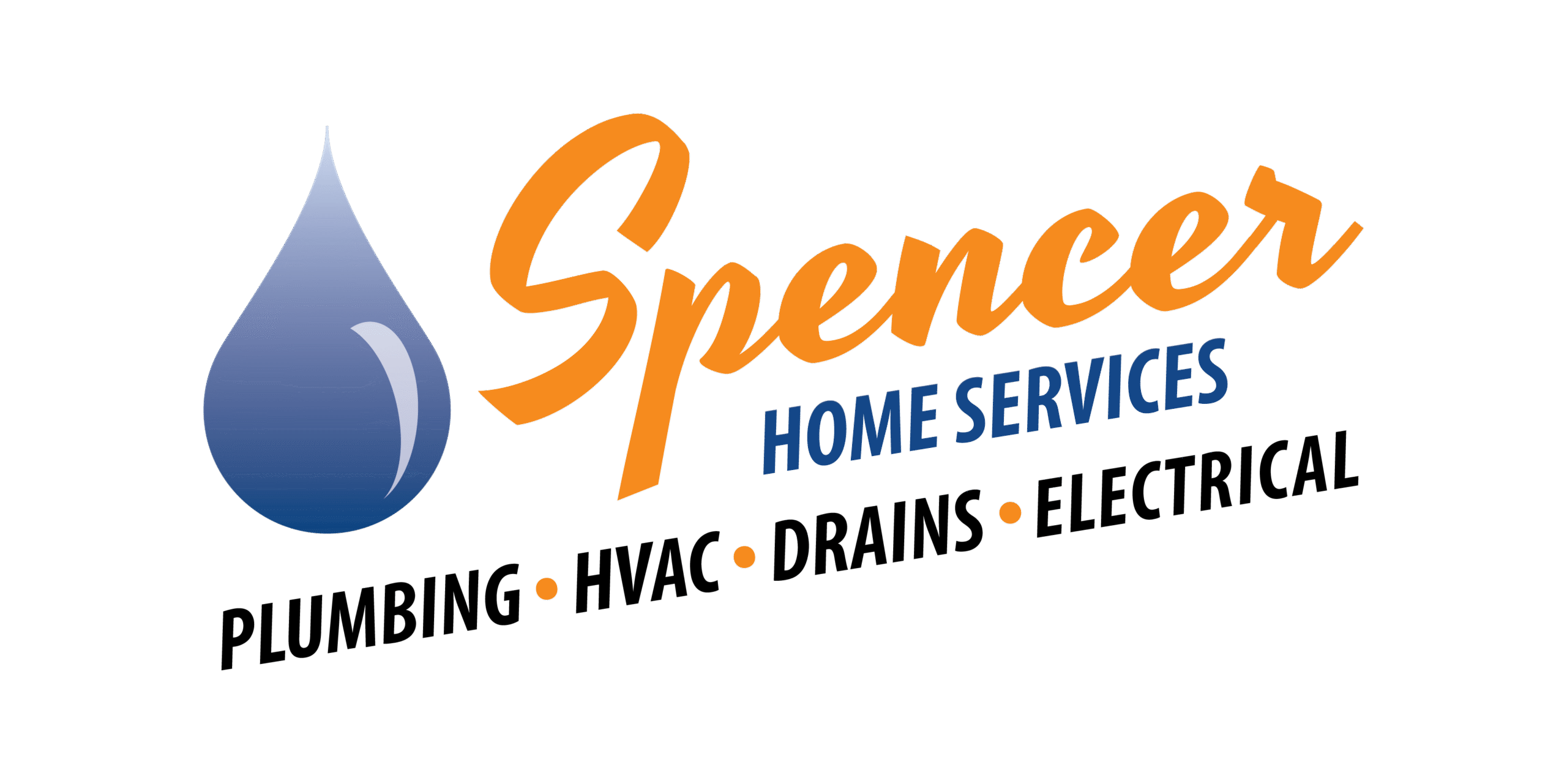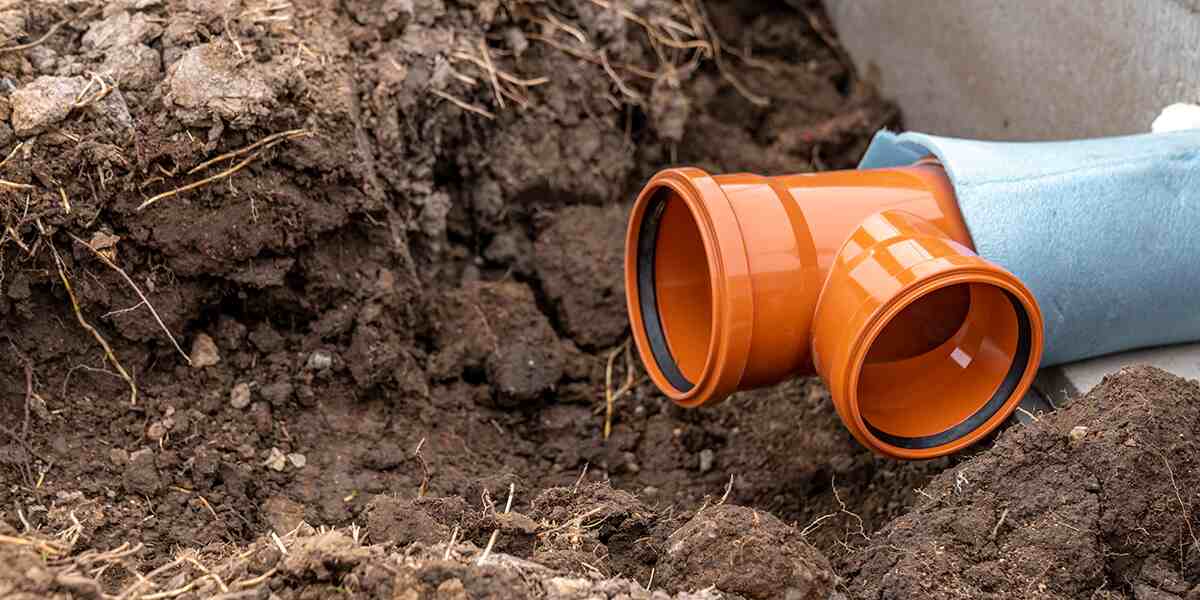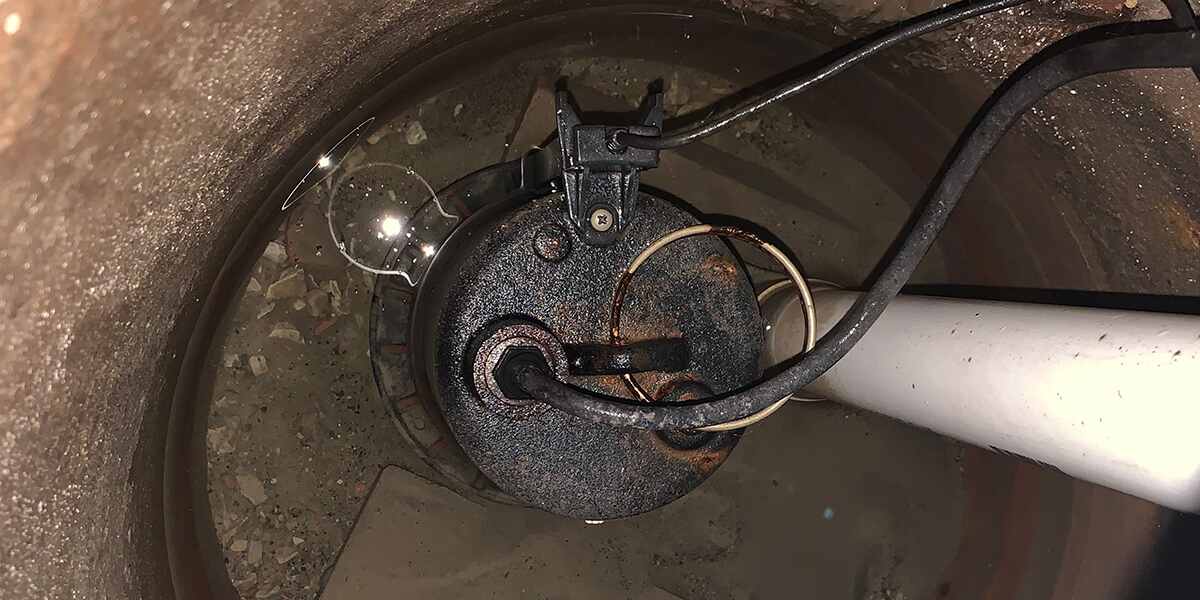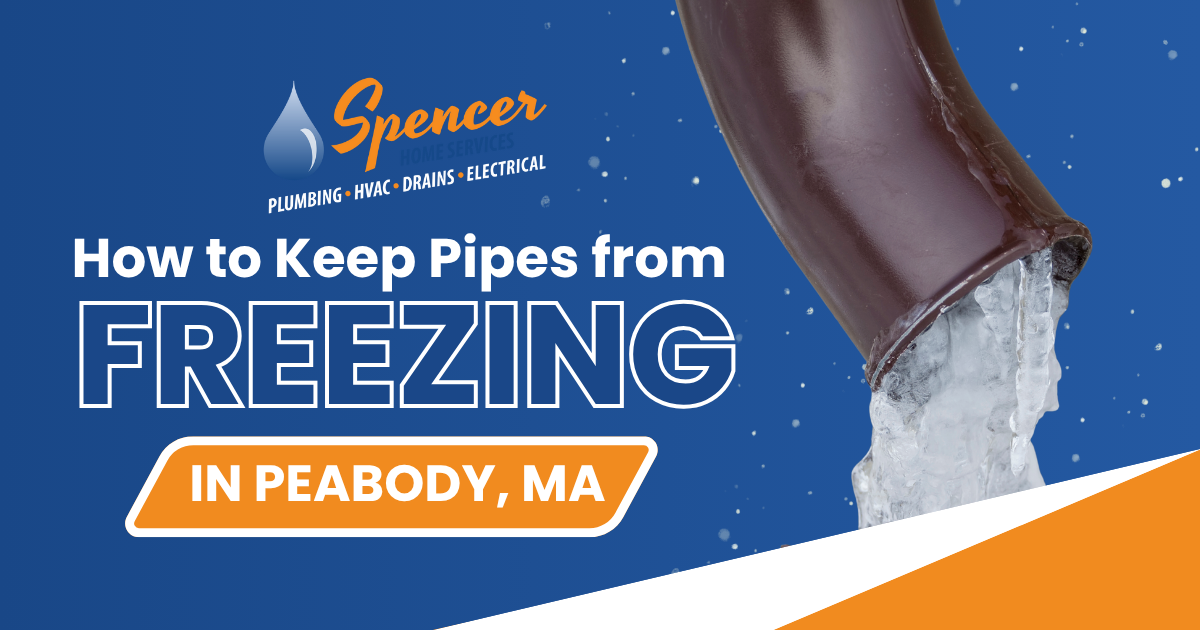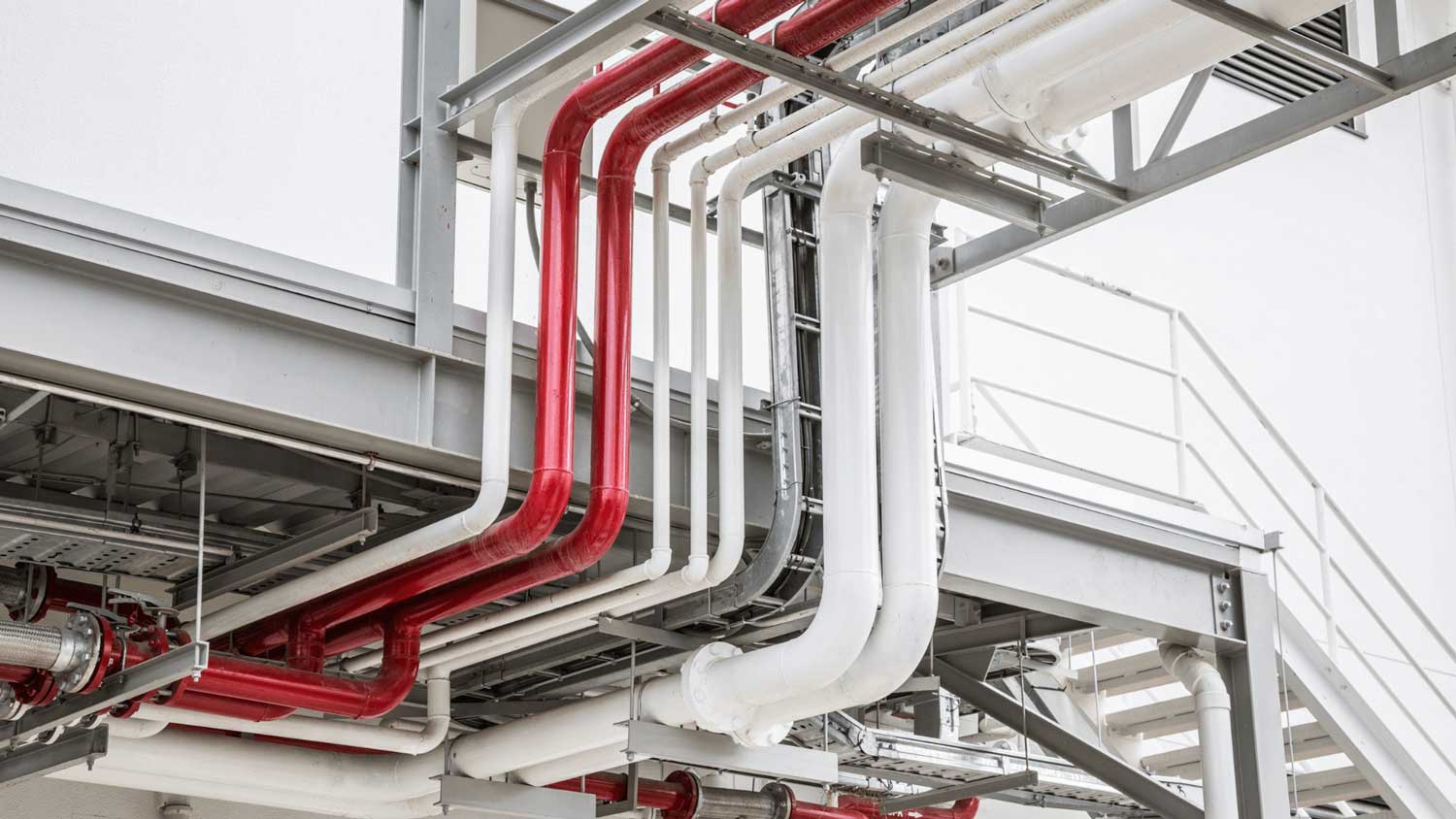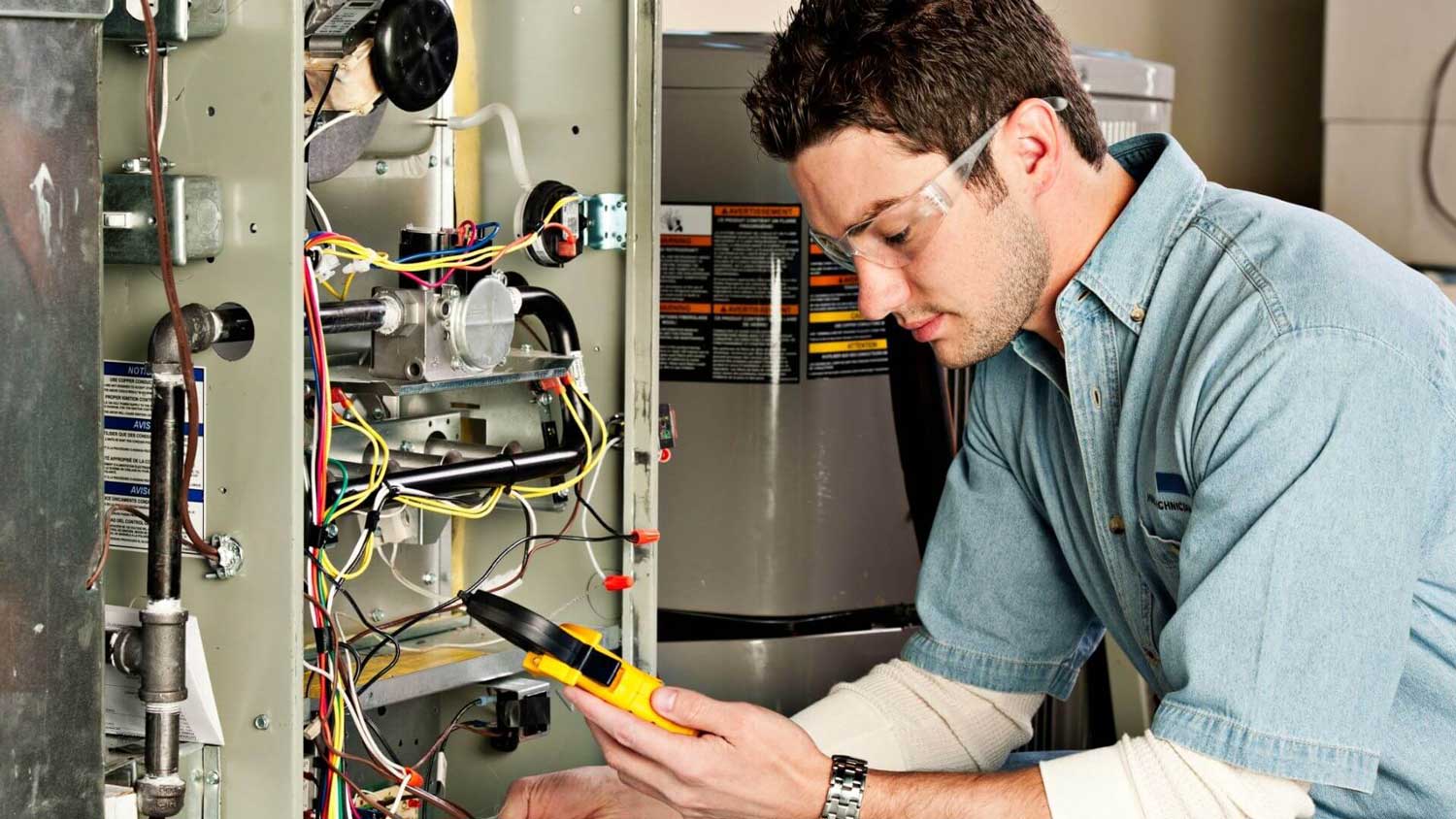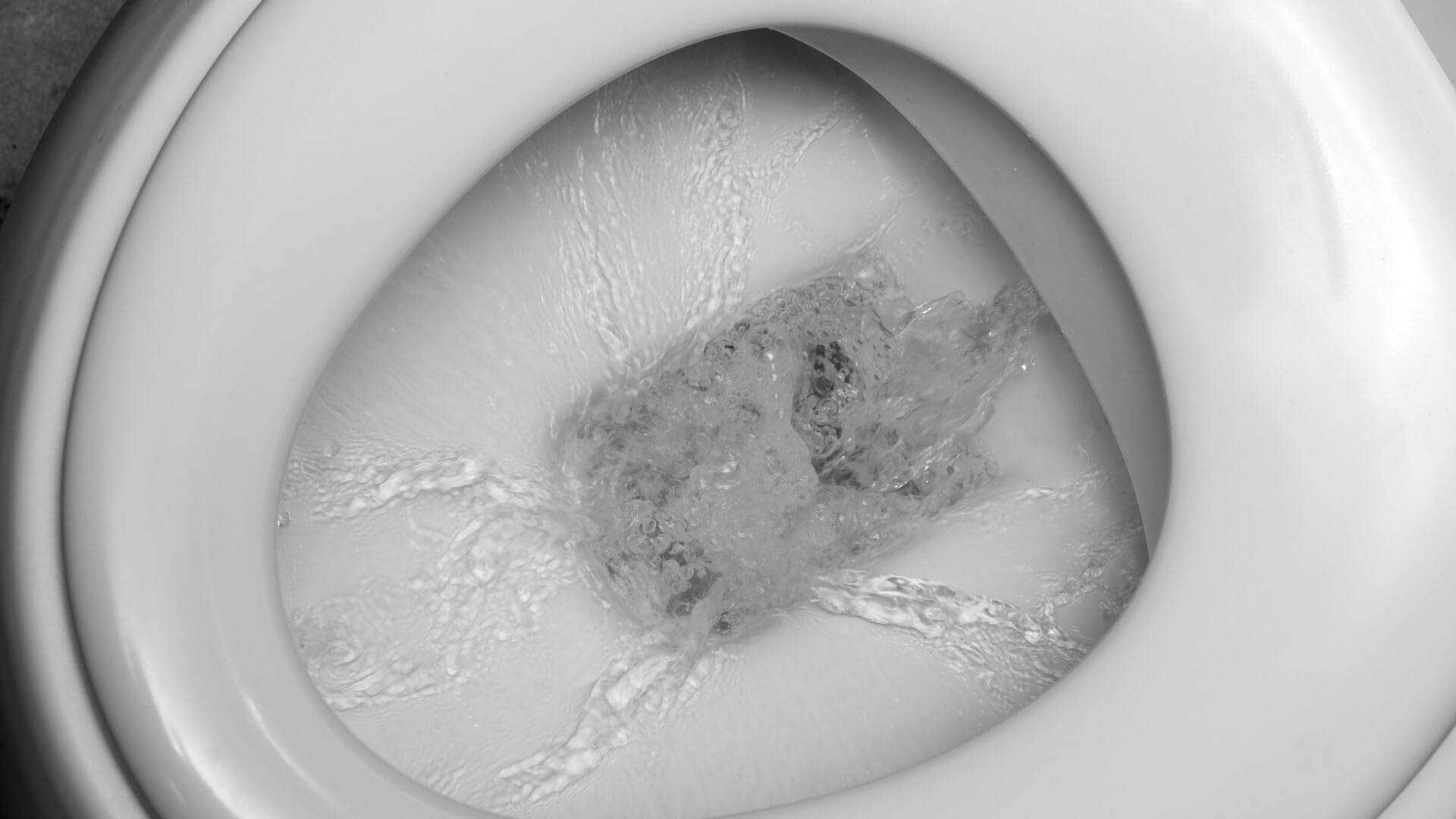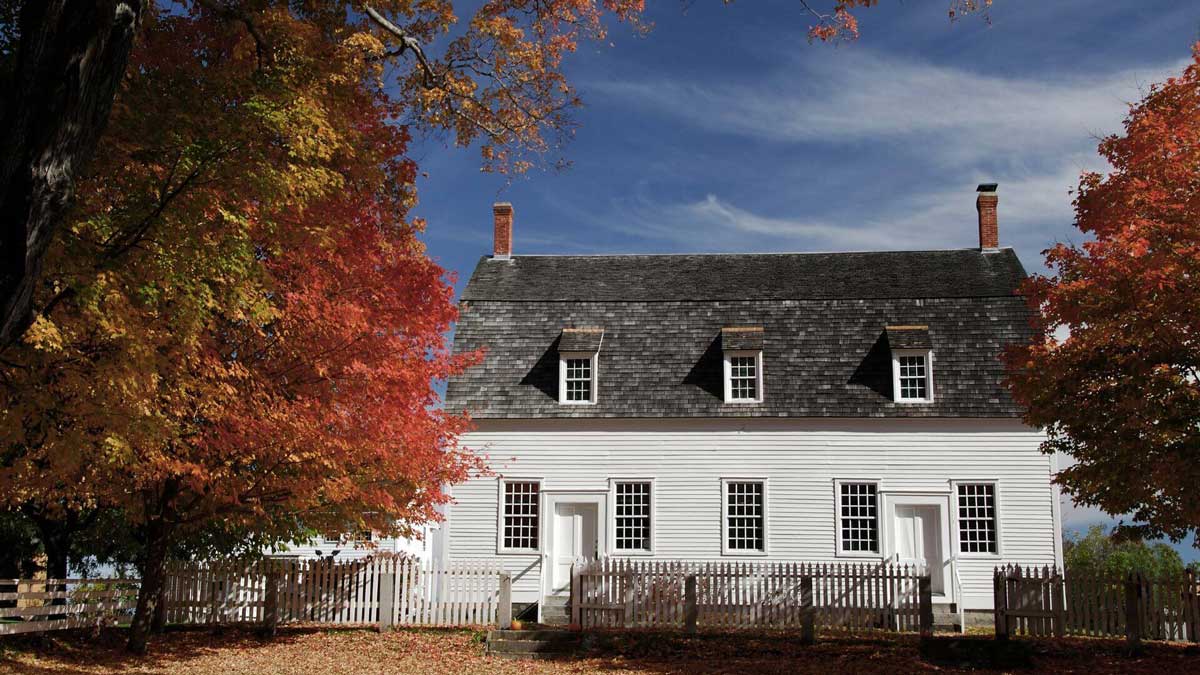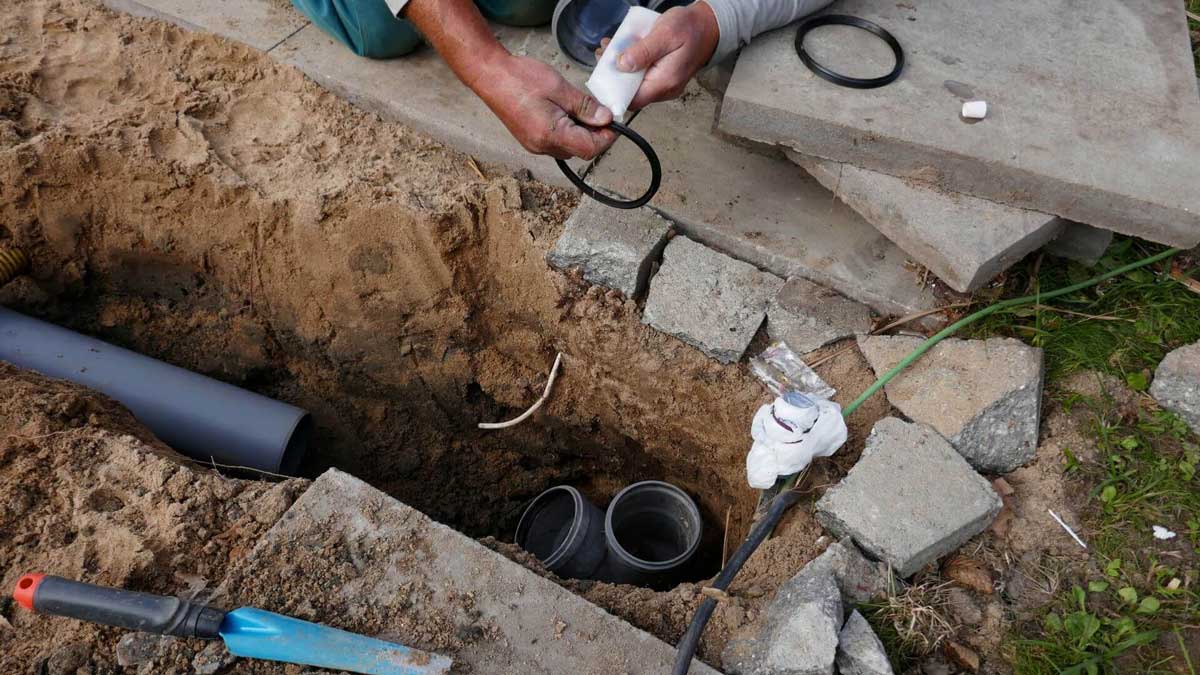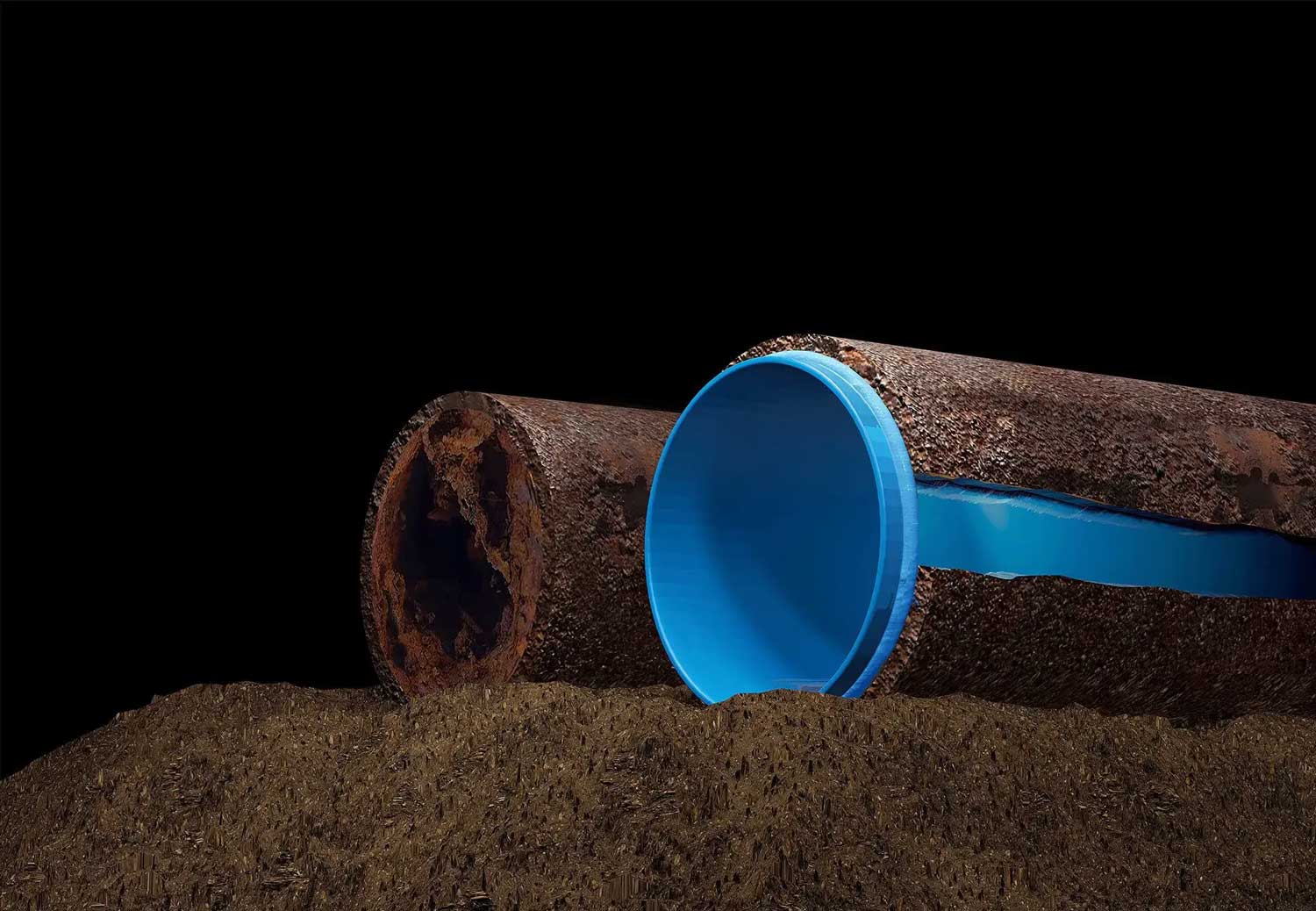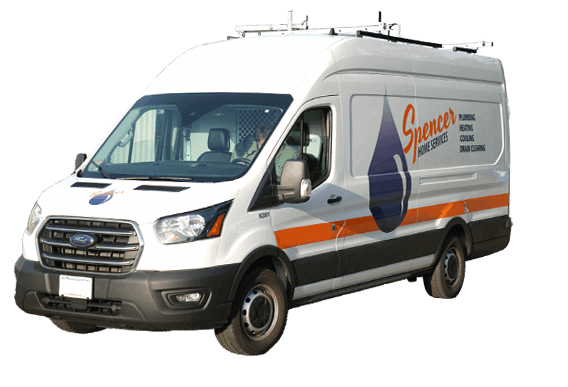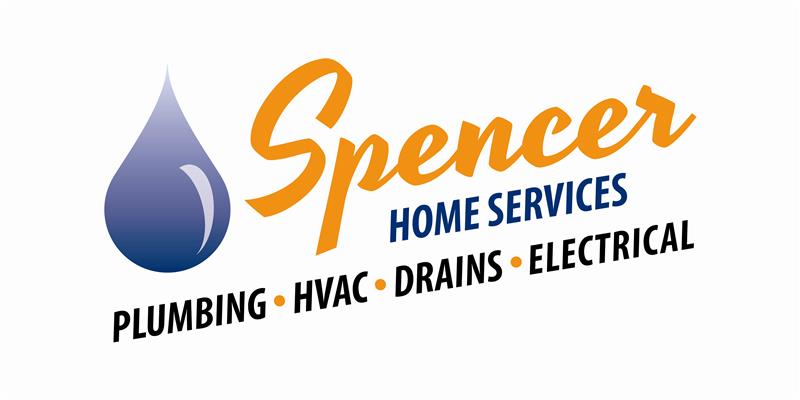Do you need help with your HVAC system, sewer line, or drain? Call Spencer Home Services at 973-440-6021 for help.
While there are plenty of fixes you can do in your home without a permit, there may be a few you haven’t thought of that require approval. Before you schedule any work, consider looking into your state’s regulations on water lines and if you need any permits for adjustments.
If you’re wondering, “Do I need a permit to replace my sewer line?” then allow Spencer Home Services, which is responsible for expert plumbing in Peabody, MA, to help you learn more.
WHAT PLUMBING WORK REQUIRES A PERMIT?
When planning plumbing work in your home, whether it be a sewer line adjustment or a toilet replacement, you may be asking yourself the question, “Do I need a permit to replace my sewer line?” In Peabody, Massachusetts, certain extensive sewage work requires a permit, while interior home modifications and disconnects do not.
Here is the full rundown of which work requires a permit:
- Cutting, capping, and disconnecting sewer lines: While there is no fee for a disconnect or alteration to a sewer line, the state of Massachusetts still requires that the contractor fulfill all the requirements for a permit before they undertake such work. All cuts and disconnects cannot take place between November 15th and April 1st during the winter season.
- Reconnecting, repairing, replacing, or installing new sewage lines: Like cutting and disconnecting, any reconnecting or new installation of sewage lines requires a permit. Additionally, the state requires a fee of $100 for residential and $200 for commercial.
- Moving lines off of a septic system: To move a line from your septic system, the contractor you employ will need a permit. Like with installing new sewer lines, the fee for this practice is $100 for residential purposes and $200 for commercial lines.
WHAT PLUMBING WORK DOESN’T REQUIRE A PERMIT?
If you’re wondering, “Do I need a permit to replace my sewer line in my own home?” then don’t worry. There’s plenty of sewage work you can do that requires no permit. The plumbing jobs you can expect to dodge the permit process with include:
- In-house replacements: If you’re doing work on existing plumbing fixtures like your toilet, sink, water heater, or bathtub, you won’t need a permit for any of these. As long as you aren’t making any changes to your sewer line, the correction bears no consequence for the rest of those who benefit from it, making a permit unnecessary.
- Minor line repairs: If you have a broken line, fixing it is just the same as the maintenance required each year from the state. As long as your contractor makes no major changes to the line other than fixing it, there’s no need for a permit.
HOW CONTRACTORS OBTAIN A SEWER PERMIT
If you’re considering adjusting a sewer line on your property, there are multiple steps your contractor must undertake before they can fix the line:
- Permit application: For Peabody, Massachusetts, contractors must fill out an online form that details the nature of the line adjustment. This includes everything from the line’s location to exact adjustments and the reasons for the adjustment.
- Fee payment: After turning in the application, the contractor or business taking care of your line repair or adjustment must pay the fee for the permit. This can range from $100 to $200 depending on the nature and location of the line, and this cost will appear in your final bill from the contractor.
- Inspection and approval: Once the contractor pays the fee and submits all information to the state, an inspector will evaluate the line and confirm all details specified in the form. After a complete inspection, a note of approval will arrive so that your contractor can begin work on your sewer line.
HANDLE ALL YOUR SEWER AND HVAC NEEDS WITH SPENCER HOME SERVICES TODAY
Now that you know the answer to the question, “Do I need a permit to replace my sewer line?” you can get started on the process. How long do sewer lines last before needing repair? Regardless of your sewage replacement and repair needs, Spencer Home Services is ready for the job.
Thanks to our reliable technicians, we can remain completely confident in our ability to handle your sewage needs, whether you need a new sink or water line.
For all your HVAC services, call Spencer Home Services today at 978-440-6021 for more information on how we can help you!
